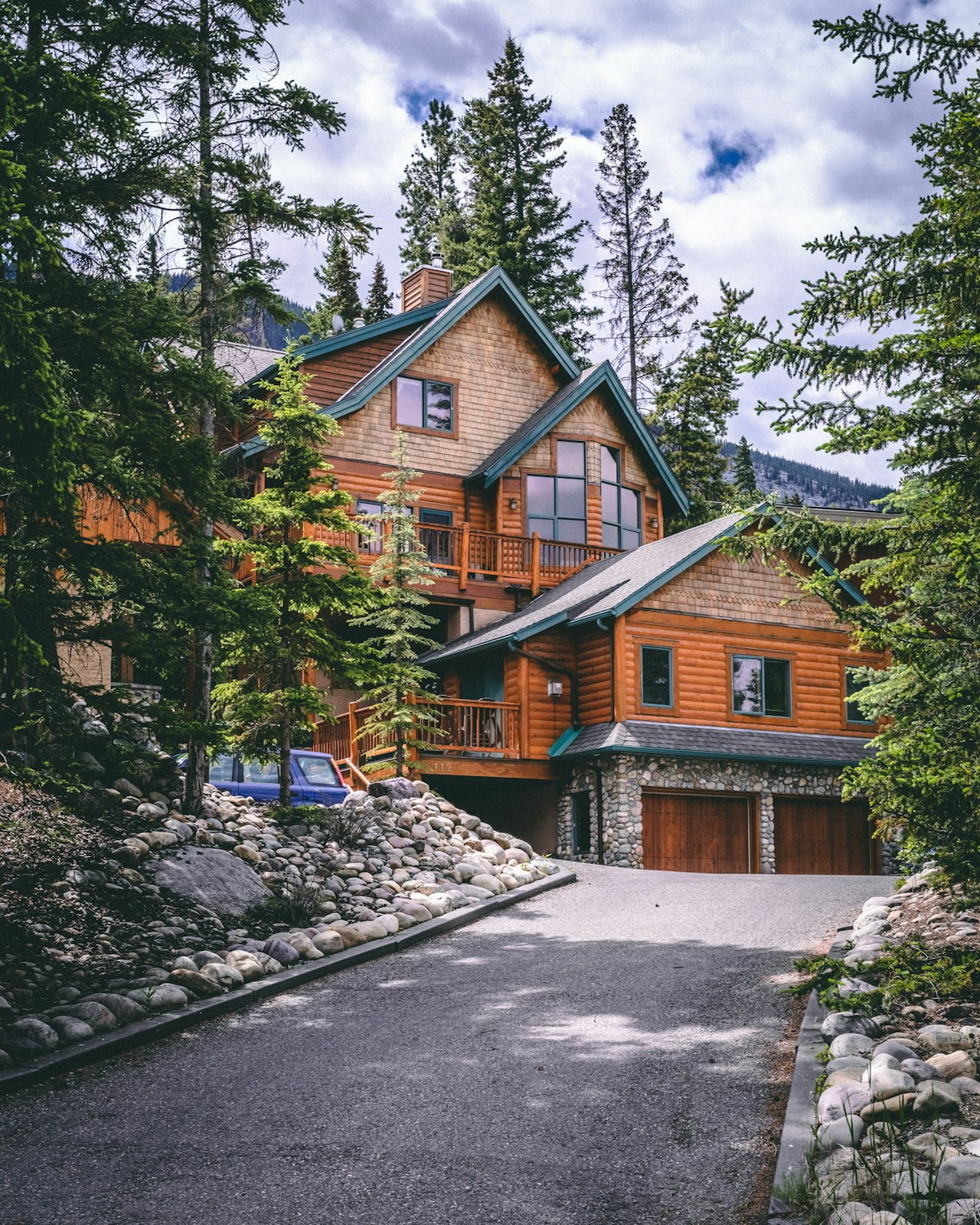Looking for a vacation home just might be more fun than looking for a new everyday home. A key piece of the vacation home puzzle is how to get financing. The good news is that it can be a straightforward, and painless process. Here are some simple tips and things to consider helping make getting vacation home financing feel like a vacation itself.
1) Get your credit in order.
Your credit score will likely need to be in the mid-600s to qualify for a mortgage on a vacation home. The higher your score, the more competitive the interest rate you’ll be able to secure. If you know you’ll be considering a vacation home in the near future, check your credit now, then take steps to strengthen your score if needed.
2) Will a vacation home mortgage affect my mortgage on my current home?
A vacation property won’t affect your mortgage on your current home. Your lender will want to understand your total housing expenditures between both your primary and secondary residence to make sure it’s in line with your income and other expenses.
3) Setting savings goals.
First, start by figuring out how much money you’ll need to save. For your primary residence, targeting a down payment of 5-20 percent of the total purchase price is typical, however, keep in mind that the minimum down payment for a second home may be higher, maybe even starting at 20 percent to get the best rate possible and avoid paying mortgage insurance.
In addition to the down payment, you’ll also need to account for the cash you’ll need to save to have enough to cover closing costs and any reserves if required. Reserves range from 2-6 months of income that you’ll need to have available to pay your mortgage in the event you experience an interruption in income. Once you understand your savings goals there are many ways to make saving your targeted amount easy—like automating your savings, cutting back on unnecessary subscriptions, and paying off credit debt.
4) Understand the total costs.
The idea of a vacation home is a fun one, and it also comes with some extra responsibility. You’ll need to maintain two households, which could end up being more costly than you planned. Also, make sure to consider costs for traveling to and from your vacation home, regular maintenance, HOA fees, repairs or upgrades, utilities, furnishings, and household items.
You may be able to offset some or all of the costs if you rent out your vacation home from time-to-time. Keep in mind, though, that some financers will have restrictions on this. Come tax time, you may also be able to write off your mortgage interest and property taxes, effectively reducing the overall cost.
5) Be ready to prove it’s your vacation home.
It’s typically easier to get financing on a vacation home than for an investment property, so your lender will want to know that the home will actually be used by you for vacations and not to rent out for additional income. Usually, this should mean that your vacation property is at least 50 miles away from your primary residence and you’ll need to confirm that you don’t have any plans to lease out the vacation home for large chunks of time.
6) Keep the future in mind.
If you don’t convert your vacation home to your primary residence at some point in time, you’ll pay taxes on the gains if you end up selling your vacation home.
Want access to vacation homes across the country?
Download our Compass Real Estate Search App



